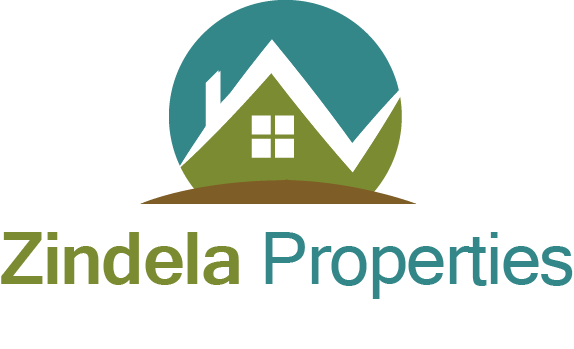As the Philippine real estate market continues to evolve, several key trends are expected to shape the landscape in 2024. Amidst a backdrop of changing socio-economic dynamics, technological advancements, and increasing environmental awareness, stakeholders in the property sector are adapting to meet the new demands and preferences of consumers. This article delves into the emerging trends in the Philippine property market and the rise of sustainable and smart developments, offering insights into what the future holds for one of Southeast Asia’s most vibrant real estate landscapes.
Emerging Trends in Philippine Property Market #
The Philippine real estate market is witnessing significant shifts with the advent of digital technology and changing lifestyle preferences. One notable trend is the increasing demand for flexible workspaces, driven by the rise of the gig economy and remote working arrangements. This shift has led developers to rethink their strategies, with a focus on creating more co-working spaces and integrated commercial properties that cater to the needs of freelancers, startups, and mobile professionals. Such developments not only offer convenience but also foster a sense of community among users.
Another trend shaping the property market is the growing interest in mixed-use developments. These projects, which combine residential, commercial, and sometimes industrial components, are becoming increasingly popular due to their ability to offer a holistic lifestyle. By integrating living, working, and leisure spaces, mixed-use developments are appealing to those who seek convenience and reduced commute times. This trend is particularly evident in metropolitan areas where space is at a premium and people are looking for ways to optimize their urban living experience.
Furthermore, the Philippine real estate market is also experiencing a surge in demand for properties in provincial areas. This is partly due to the government’s infrastructure developments, such as new roads, bridges, and public transport systems, making these regions more accessible. Additionally, the pandemic has sparked an interest in suburban living, with individuals and families seeking more spacious homes and a better quality of life outside congested cities. This decentralization trend is expected to continue, as more people discover the benefits of living closer to nature while still enjoying modern conveniences.
The Rise of Sustainable and Smart Developments #
Sustainability has become a buzzword in the real estate industry, and the Philippines is no exception. Developers are increasingly incorporating green building practices and technologies into their projects, aiming to reduce their environmental impact and cater to the eco-conscious buyer. From energy-efficient lighting and water-saving fixtures to the use of renewable energy sources and green roofs, these initiatives not only help conserve resources but also promote healthier living environments. As awareness of climate change grows, sustainable developments are becoming a key differentiator in the market.
In addition to sustainability, the demand for smart homes and buildings is on the rise. The integration of Internet of Things (IoT) technology in residential and commercial properties allows for the automation of various functions, including security, lighting, temperature control, and even appliances. This not only enhances convenience and comfort for occupants but also contributes to energy efficiency. Developers are racing to incorporate these smart features into their projects, recognizing that connectivity and digital integration are increasingly important to consumers, particularly the younger, tech-savvy generation.
The concept of smart cities is also gaining traction in the Philippines, with several initiatives underway to integrate digital technology into urban planning and infrastructure. These projects aim to improve public services, reduce traffic congestion, and enhance overall quality of life. By leveraging data analytics, artificial intelligence, and other cutting-edge technologies, smart cities promise to revolutionize the way Filipinos live and work, making urban areas more sustainable, efficient, and livable.
As we look ahead to 2024, the Philippine real estate market is poised for transformation, influenced by the twin forces of technological innovation and environmental sustainability. The emerging trends of flexible workspaces, mixed-use developments, and suburban migration, along with the rise of sustainable and smart developments, reflect a broader shift towards more adaptable, efficient, and conscientious living and working environments. For investors, developers, and consumers alike, understanding these trends is crucial for navigating the future of real estate in the Philippines. As the sector continues to evolve, it promises not only to meet the changing needs and preferences of the market but also to contribute to the country’s sustainable development and economic growth.




